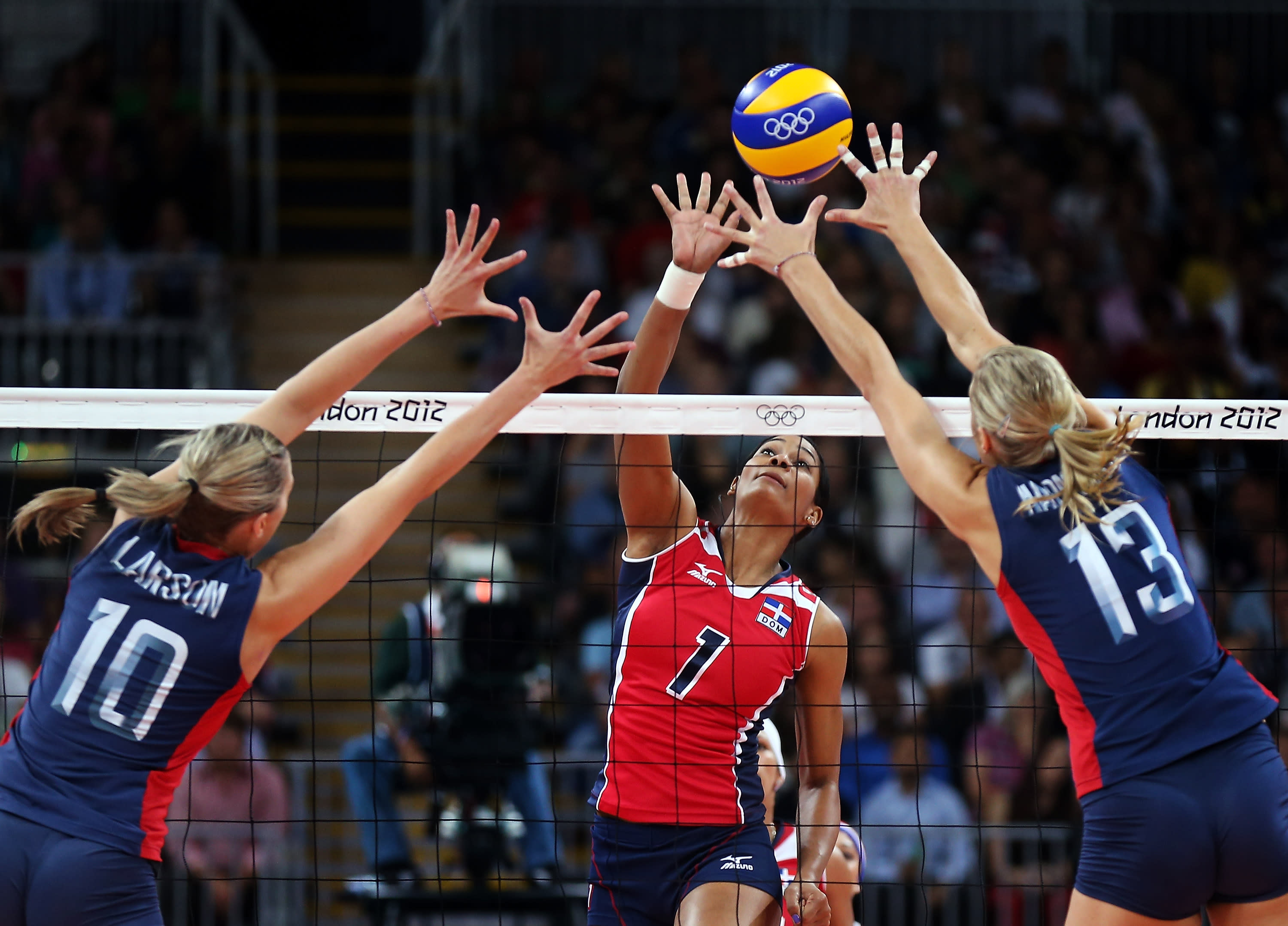History and Evolution of Women’s Olympic Volleyball: Olympic Women’s Volleyball

The history of women’s Olympic volleyball is a fascinating journey of athletic prowess, strategic innovation, and global growth. From its humble beginnings as a recreational activity to its current status as a highly competitive and internationally recognized sport, women’s volleyball has undergone significant transformations.
Early Years and Olympic Inclusion
Women’s volleyball emerged in the United States in the early 20th century, gaining popularity as a recreational activity in schools and colleges. The sport’s rules were initially simpler, with fewer players and less emphasis on technical finesse. The International Volleyball Federation (FIVB) was founded in 1947, marking a significant step towards establishing volleyball as a global sport.
Women’s volleyball made its debut at the Olympic Games in Tokyo in 1964, showcasing the athleticism and skill of female athletes from around the world. The inclusion of women’s volleyball in the Olympics provided a platform for international competition and fostered the development of the sport at a global level.
Evolution of Rules, Techniques, and Player Roles
The evolution of women’s volleyball has been marked by significant changes in rules, techniques, and player roles. Early iterations of the sport featured six players on the court, with a focus on basic hitting and blocking techniques.
Over time, the rules evolved to incorporate more complex strategies and technical skills. The introduction of libero players in the 1990s revolutionized defensive strategies, allowing teams to specialize in back-row defense.
The introduction of the rally point system in 1996 further increased the pace and intensity of the game, encouraging teams to play more aggressively and focus on consistent point-scoring.
Skill Sets, Strategies, and Global Participation, Olympic women’s volleyball
Modern women’s volleyball is characterized by a high level of athleticism, technical skill, and strategic sophistication. Players today possess exceptional jumping ability, power, and precision in their attacks, while defensive skills have become equally crucial for success.
Teams have developed elaborate offensive and defensive systems, utilizing specialized player roles and strategic formations to gain an advantage over their opponents. The evolution of the sport has also led to a significant increase in global participation, with athletes from all continents competing at the highest level.
Impact of Notable Players and Teams
The history of women’s Olympic volleyball is filled with legendary players and teams who have left an indelible mark on the sport. Players like Lang Ping (China), Fernanda Venturini (Brazil), and Misty May-Treanor (USA) have inspired generations of athletes with their exceptional skills, leadership, and competitive spirit.
Teams like the Soviet Union, China, Brazil, and the United States have dominated the sport, showcasing the power and athleticism of women’s volleyball. These teams have set high standards for performance and fostered a culture of excellence within the sport.
Olympic women’s volleyball showcases the world’s best athletes, with each nation striving for gold. The US women’s volleyball team has consistently been a force to be reckoned with, boasting a rich history of dominance and inspiring generations of players.
This legacy of excellence contributes to the overall excitement and competitiveness of Olympic women’s volleyball, making it a captivating event for spectators worldwide.
Olympic women’s volleyball demands incredible athleticism and stamina. Players must be able to jump, dive, and react quickly, all while maintaining proper form and technique. Maintaining good posture during practice and training is crucial, and this can be aided by adjusting your chair seat tilt to optimize comfort and posture, as detailed in this helpful guide: adjust chair seat tilt.
By taking care of your body, athletes can ensure they are in the best possible position to perform at their peak during these high-intensity matches.
